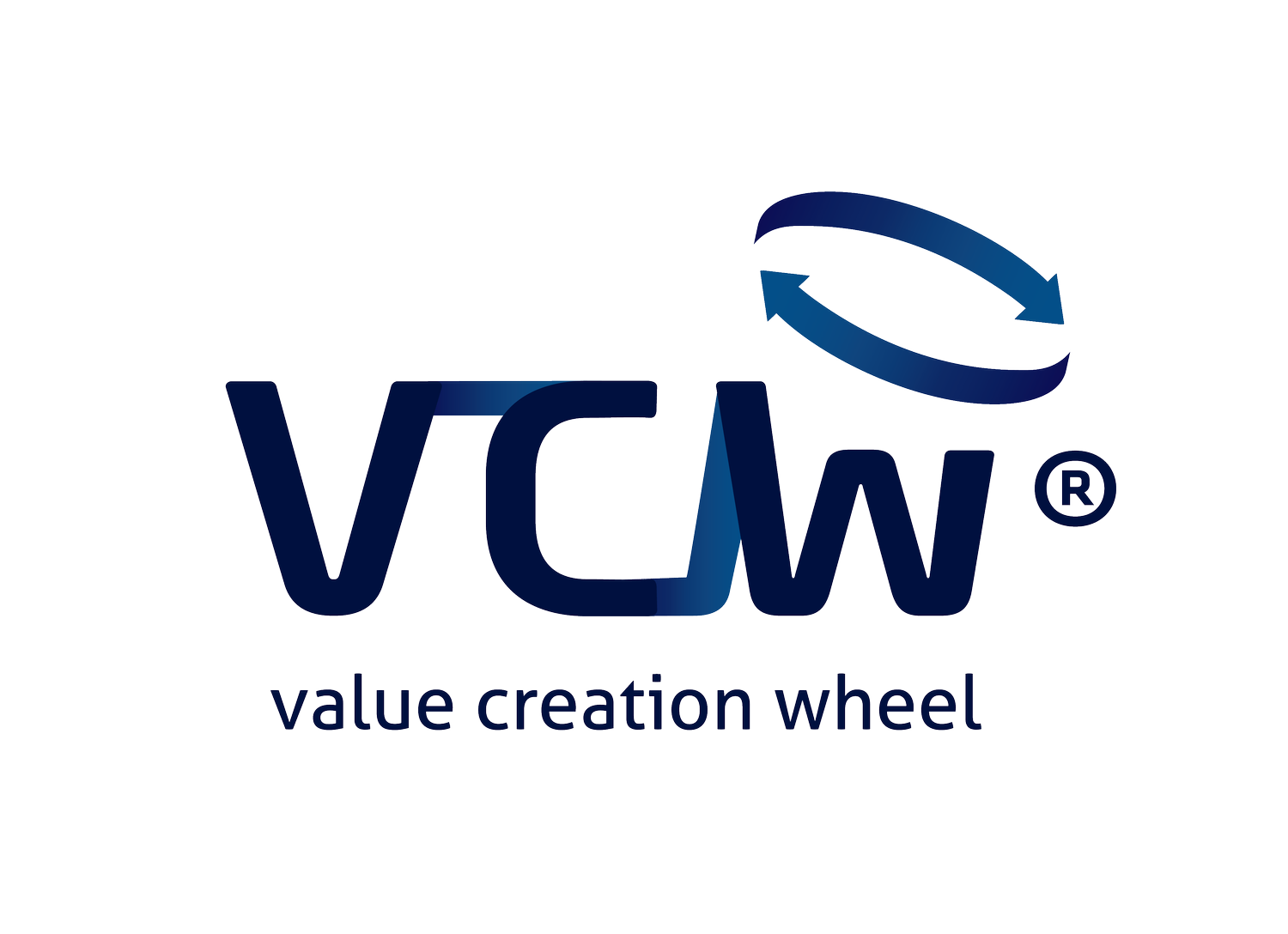CW 4 NTB: Wetland Monitoring in India
Deploying Earth Observation for sustainable wetland management in Maharashtra, India.
What is the most attractive geographical market to launch our Start-up NTB for the monitoring of wetlands?
NTB uses the Value Creation Wheel to identify Maharashtra, India, as the prime market for its Earth Observation-based wetland monitoring service, targeting government agencies.
Overview
This presentation outlined NTB's plan to launch a wetland monitoring service using Earth Observation (EO) data, specifically targeting Maharashtra, India. The Value Creation Wheel (VCW) was employed to systematically analyze the market and develop a business strategy. The startup aims to help by monitoring hydrological features.
Application: Applying the VCW to decide the best market
Discover Value (Phase 1): Defined NTB's mission (delivering user-friendly information for wetland monitoring) and vision (stopping and reversing wetland degradation). Identified the problem (wetland loss and lack of effective monitoring tools). Performed PESTEL, SWOT, TOWS, Porter's Five Forces, and competitor analyses. Aligned with SDGs, the Paris Agreement, and the European Green Deal. Defined KPIs and identified target markets (prioritizing governments).
Induced Solutions & Filters (Phase 2): Considered all 193 UN countries as potential solutions. Generated 62 filters through brainwriting, secondary data research, and stakeholder input (Ramsar Convention, hotel sustainability manager).
Selecting Filters (Phase 3): Used the POCR method to narrow down to 15 global filters (12 main, 3 nice-to-have) and establish 3 local filters. Ranked the global filters based on importance (SDG alignment, Paris Agreement, Ramsar Convention, etc.).
Value Creation Funnel (Phase 4a): Applied the global filters, leading to India. Applied local filters (wetland coverage, cropping intensity, population growth, foreign direct investment), leading to Maharashtra. Utilized "nice-to-have" filters (corruption index, tourism) to refine the selection.
Positioning & Prototype (Phase 4b): Researched India's wetland challenges and favorable legal conditions. Identified competitors (Vesta Space as the next best alternative) and applied the SCAMPER method to develop a prototype. Defined a Blue Ocean Strategy. Created website, app, and LinkedIn profile prototypes. Performed STP analysis (segmentation, targeting, positioning), focusing on government agencies. Defined the 7Ps of marketing.
Consolidation (Phase 5): Presented the business model canvas (highlighting key partners, activities, customer relationships, and revenue streams). Reviewed KPI achievement. Detailed the 3 Ms (manpower, minute, money), including hiring needs, a timeline, and funding requirements (€125,000).
Key Takeaways
Target Market: Maharashtra, India, was chosen for its significant wetland loss, government commitment to environmental protection, and favorable financing conditions.
Value Proposition: NTB provides real-time, user-friendly data and analysis on wetland status, aiding in policy development and conservation efforts.
Competitive Advantage: NTB differentiates through its combination of satellite and drone data, personalized consulting, flexible subscription model, and local presence.
Pricing: Subscription-based model with monthly or annual plans.
Funding Strategy: A combination of personal investment, accelerator programs, and government funds will be used to secure the €125,000 investment.
Conclusion
The startup wants to offer its EO solutions to monitor hydrological characteristics. The next steps for the startup are recruiting locally, creating key partnerships, and sign the first customers.


